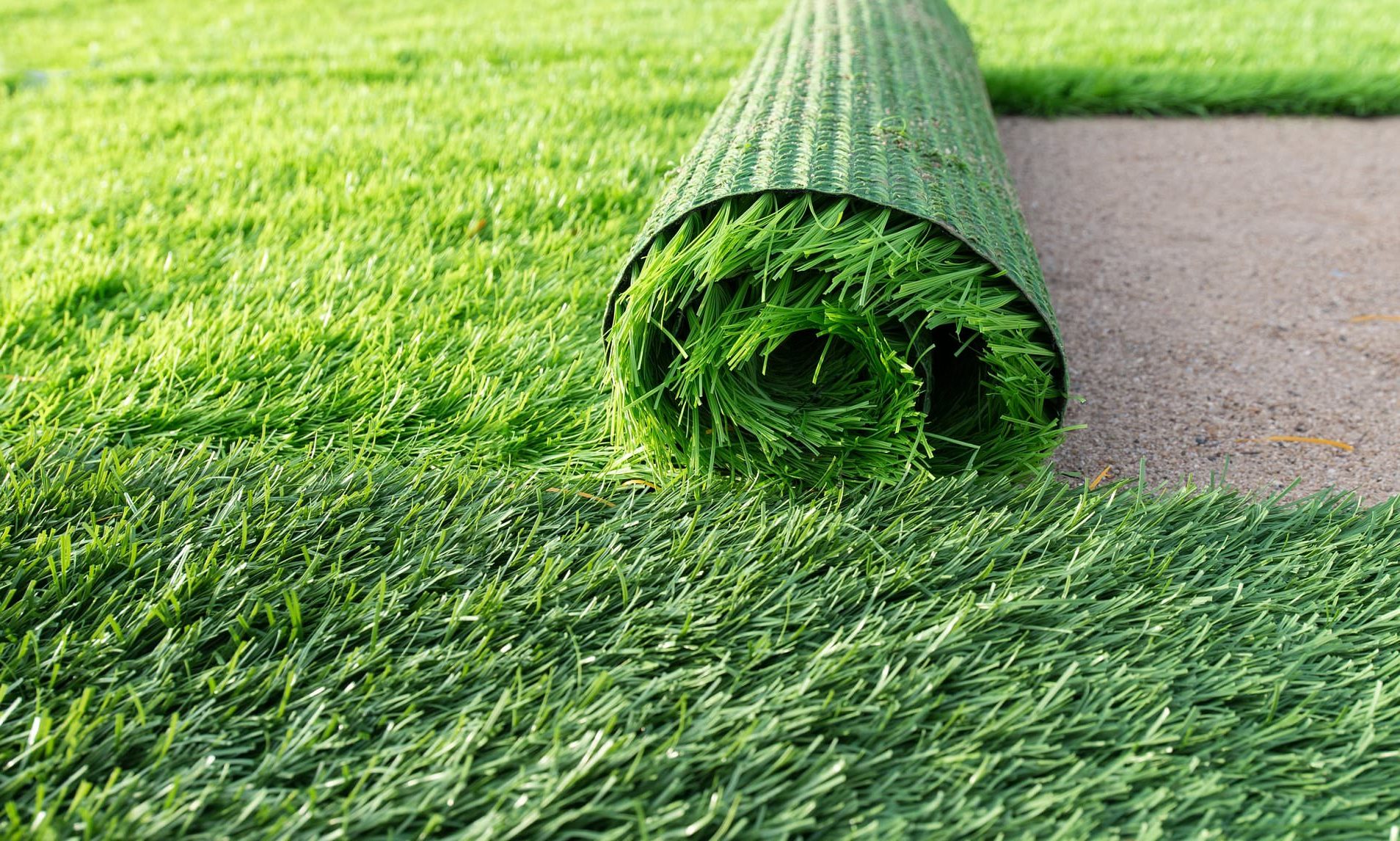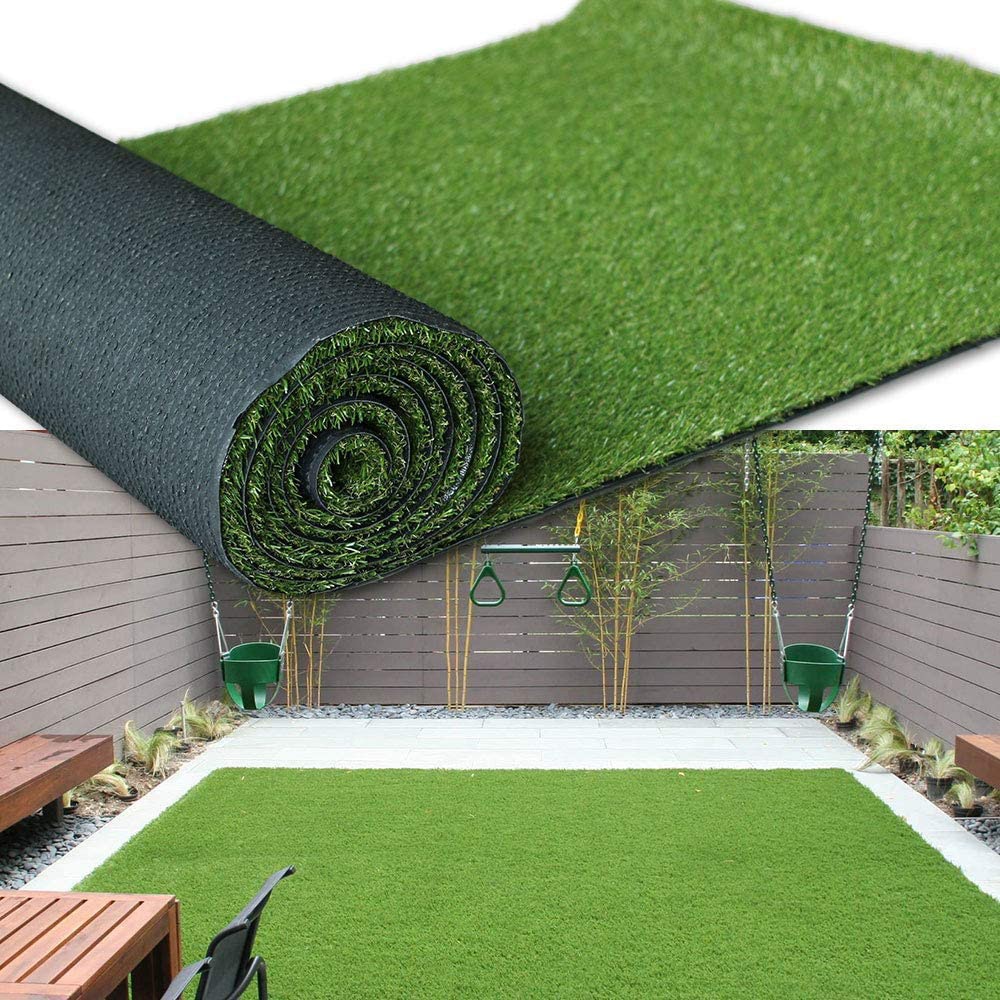Artificial grass, also known as synthetic turf, has revolutionized the world of sports. Once limited to professional arenas, artificial turf is now used for various sports fields across schools, recreational facilities, and public parks. Its consistent performance, durability, and safety features make it an ideal choice for sports like football, soccer, baseball, and more. In this article, we’ll explore why artificial grass is a top option for sports fields, focusing on performance, durability, and safety.
1. Consistent Performance in All Conditions
One of the biggest advantages of artificial grass for sports fields is the consistent playing surface it offers. Unlike natural grass, which can wear down, become uneven, or get muddy depending on the weather, synthetic turf maintains its quality no matter the conditions.
- All-Weather Playability: Whether it’s a rainy day or a scorching summer afternoon, artificial grass provides a reliable playing surface. There’s no need to worry about waterlogging or patchy grass affecting the flow of the game.
- Even Surface: Artificial grass is engineered to provide a smooth, level surface, minimizing bumps or irregularities that could disrupt gameplay or increase injury risks. Athletes benefit from a uniform playing field, which is particularly important for ball-based sports like soccer and football.
- Predictable Ball Behavior: Synthetic turf is designed to offer predictable ball roll, bounce, and speed, which improves game quality. Natural grass can vary based on its condition, but artificial grass provides consistent performance year-round.
2. Durability and Longevity
Sports fields experience heavy foot traffic and intense activity. Artificial grass is built to handle this level of use without the wear and tear seen in natural grass fields. Durability is one of the key reasons why many stadiums and recreational facilities choose synthetic turf.
- High Traffic Tolerance: Artificial grass can withstand the constant use of sports events, practices, and training sessions. It doesn’t degrade as quickly as natural grass, making it ideal for multi-use fields that host various sports and activities.
- Extended Lifespan: While natural grass needs constant care and may need replanting or reseeding, artificial grass can last for years with minimal maintenance. High-quality artificial turf can last 8–15 years, making it a cost-effective option over time.
- Resistant to Damage: Artificial turf is resistant to the rough treatment that comes with sports like football, rugby, or soccer. It won’t develop divots, mud patches, or dead spots from player activity or weather exposure.
3. Low Maintenance
Maintaining a natural grass sports field requires significant time, resources, and labor. Artificial grass, on the other hand, offers a low-maintenance solution that saves on costs while still delivering a high-quality playing surface.
- No Mowing or Watering: One of the biggest maintenance headaches for natural grass fields is mowing and watering. With artificial grass, these tasks are eliminated, reducing the overall upkeep and conserving water.
- Minimal Repairs: Natural fields can develop damage from play, including bare patches or ruts. Artificial grass fields rarely need such repairs, and any minor issues, such as seam damage, are easily fixed.
- Reduced Costs: Over time, the reduced need for maintenance equipment, fertilizers, and water makes artificial turf a more cost-efficient option than maintaining a natural grass field.
4. Enhanced Safety Features
Artificial grass fields are designed with the safety of athletes in mind. From shock absorption to better traction, synthetic turf helps reduce the risk of injuries and provides a safe playing environment for athletes of all ages.
- Cushioning and Shock Absorption: Many artificial grass systems are built with layers of padding and infill materials designed to absorb shock and reduce the impact on athletes’ joints and muscles. This cushioning helps prevent common sports injuries like sprains, strains, and concussions, especially in contact sports.
- Consistent Traction: Artificial grass offers excellent traction, helping athletes make quick turns, stops, and sprints with confidence. The even surface minimizes the risk of slips or missteps, which can lead to injury.
- Improved Drainage: Artificial turf fields are equipped with advanced drainage systems that prevent puddling and ensure the field stays dry, even after heavy rain. This reduces the risk of players slipping or encountering unsafe conditions during the game.

5. Environmentally Friendly
While natural grass has environmental benefits like oxygen production and carbon absorption, artificial grass offers several eco-friendly advantages, particularly in areas prone to water shortages or heavy usage.
- Water Conservation: Artificial turf doesn’t require watering, making it a sustainable choice for regions with limited water resources. This is especially beneficial in drought-prone areas where maintaining natural grass fields can be both difficult and expensive.
- No Chemical Treatments: Unlike natural grass, which often requires fertilizers, pesticides, and herbicides, artificial grass eliminates the need for these chemicals. This reduces chemical runoff into local waterways and minimizes environmental impact.
- Recyclable Materials: Many artificial turf manufacturers now use eco-friendly, recyclable materials to produce their grass, contributing to a more sustainable installation process.
6. Multi-Sport Versatility
Another key benefit of artificial grass is its versatility. One synthetic field can be used for multiple sports, thanks to its durable, all-weather surface and customizable design.
- Multi-Purpose Fields: Schools, recreational centers, and parks often need fields that can host a variety of sports—soccer, football, baseball, and more. Artificial grass is designed to accommodate all types of sports, offering the necessary performance features for each one.
- Customizable Markings: Unlike natural grass, where repainting field markings can be a time-consuming task, artificial grass fields can feature permanent or temporary lines for different sports. This allows the same field to switch between sports quickly and efficiently.
Conclusion
Artificial grass has become a preferred choice for sports fields due to its durability, low maintenance, safety features, and consistent performance. Whether for professional stadiums, schools, or community fields, artificial turf offers athletes a reliable playing surface that stands up to the demands of rigorous use. With long-lasting durability, enhanced safety, and eco-friendly benefits, synthetic turf continues to gain popularity as an excellent alternative to natural grass fields.
